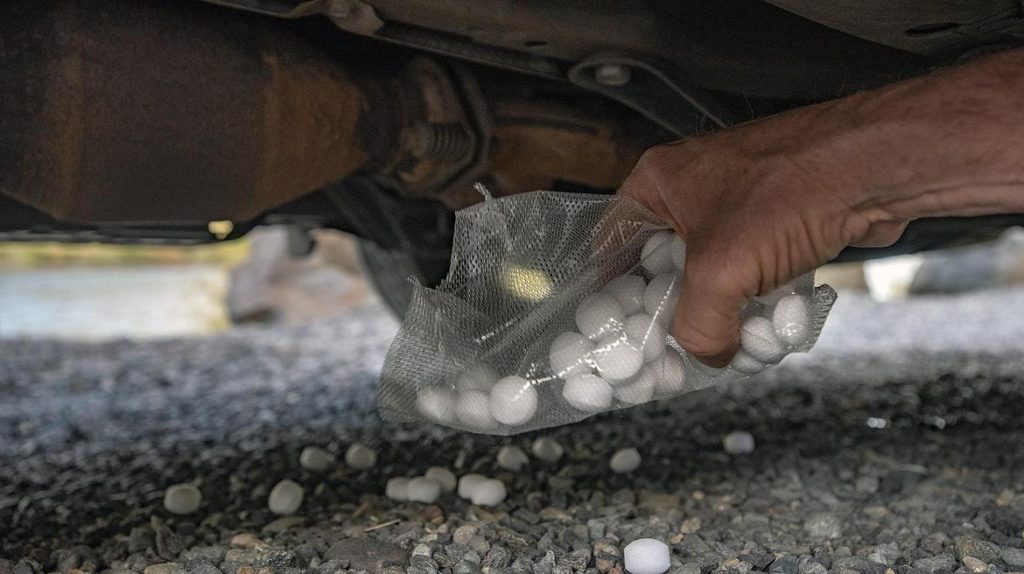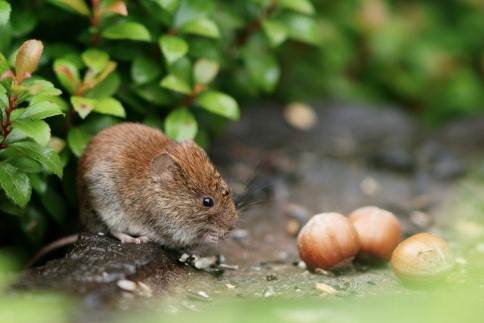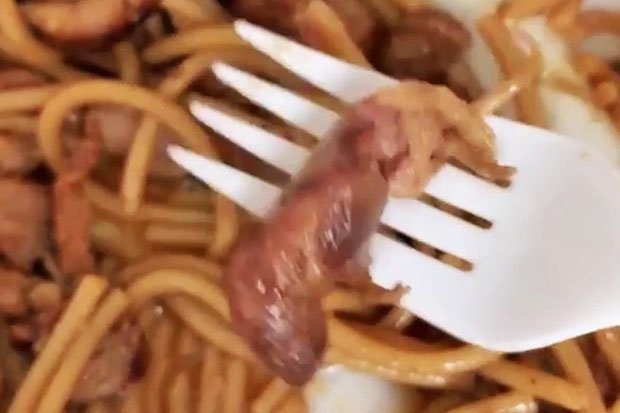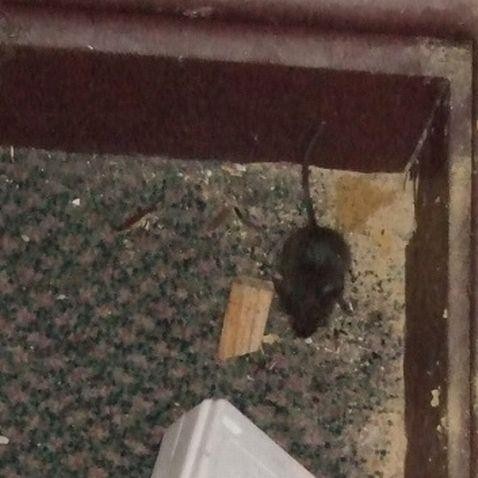Rats have been a problem for a while now. Have you ever thought though that these pests might be inside your home and you may be completely unaware of it? If you think that the chances of it happening are slim then you should reconsider. We have some really disturbing news for you about the same.
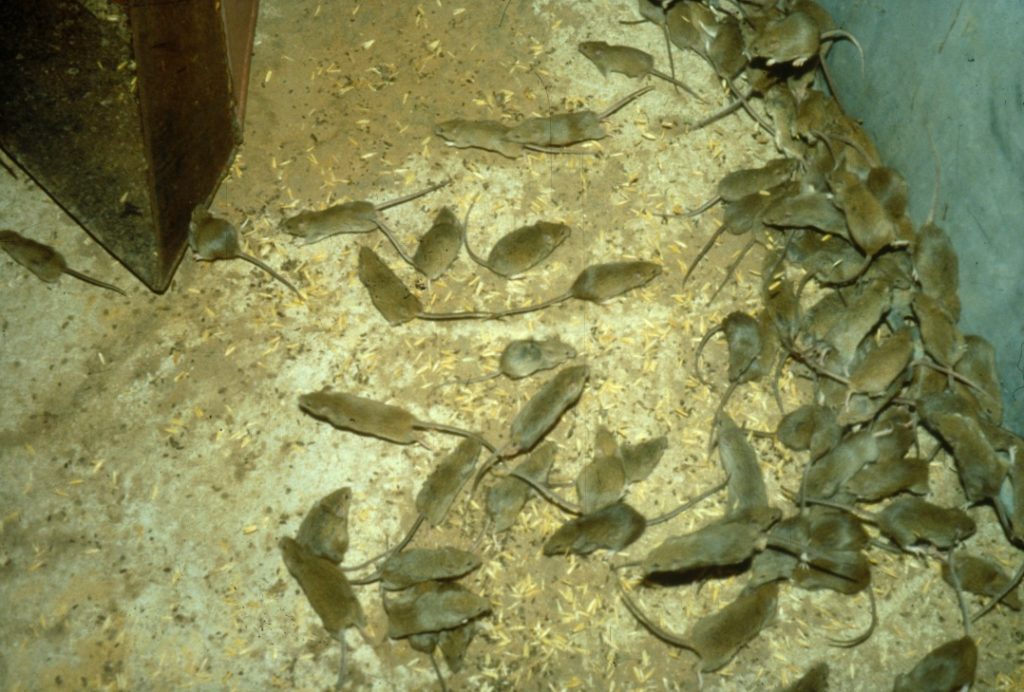
Glasgow rat problem ‘alarmingly high’ as city sees six times more callouts than Edinburgh
Wednesday 22 May 2019
Glasgow City Council were asked to deal with rats both inside houses and at street level more than 14,000 times since the start of 2016, a freedom of information request has revealed.
The numbers are staggering when compared to similar statistics in Edinburgh with the council receiving 17 complaints in connection with rats on average every day.
The capital only dealt with 1,800 callouts connected to street-level rats in the same time period, compared to Glasgow’s near 11,000 requests.
Govanhill in the south of the city is by far the worst affected area of Glasgow by rats and is home to a third of the worst thirty rat-infested streets.
Allison Street in the area had 68 complaints about rats in living areas, almost double the next highest, Cathcart Street, also in Govanhill.
‘More rats than residents’ at one NYCHA development in East Harlem, tenants say
POSTED 6:20 PM, MAY 21, 2019, BY MONICA MORALES
EAST HARLEM, Manhattan — Rats are running under parked cars at the Washington Houses in a city parking lot in East Harlem. Some in the area say rats take over at night and even during the day.
“Every night there are dozens under my car,” said Theodore Barikdar, who has a minivan.
Barikdar was assigned a parking space right next to a pile of trash, he said. The area become a feeding ground for dozens of sewer rats.
He is not alone. Luis Jimenez and Manuel Medina say they park their cars in the same NYCHA parking lot.
“I’ve had rats walking on top of my car,” said Jimenez.
The rat problem is a health hazard, Washington Houses Tenant Association President Claudia Perez said.
“It’s not just this building, it’s 14 buildings,” Perez said. “I can show you huge rat holes in every single one of these buildings.”
And now you might be thinking, “What if I find one in my own home?” You probably think that you can easily catch rats using mouse traps or poison them but you should take into consideration that killing them is not an option because that can spread diseases like salmonella and rat bite fever. Even if you do trap them, which is really hard to do, you can catch only one at a time or maybe none at all because of how smart they have become. Don’t even think of using glue boards with kids in the house because they might get stuck to it. If you want to use rodenticide you will most likely be inhaling the toxic fumes and damaging your body as well. In some cases, the rodents are immune to the rodenticides.
So is there a solution to all of this? Can you get rid of rodents for good without killing them?
The answer is YES. If you want to know how then keep reading.
We, at C Tech Corporation, can provide you with an effective solution. Our product RodrepelTM is developed by using green technology. It is extremely low toxic, low hazard, low concern, and non-mutagenic animal aversive. It is durable at extreme climatic conditions.
Our product is ROHS, ROHS2, ROHS3, EU BPR, NEA compliant and FIFRA exempted. Our product does not cause harm to target as well as non-targeted species. It just repels them from the applied product. It works on the mechanism of fear, discomfort, aversion, training, and conditioning.
RodrepelTM is available in three forms namely masterbatch, liquid concentrate, and lacquer. Masterbatch can be incorporated into applications like fencing, wires, cables, water pipes, etc. The liquid concentrate can be mixed in paints to repel rodents from the area required. Lacquer form can be directly applied to the application such as installed wires and cables, pipes, wooden fences, guards, etc. Hence by using RodrepelTM your home can be prevented from rodent damage effectively and considerably.
The RodrepelTM rodent repellent spray can be used by anyone and is an easy to use product. It can be sprayed in the areas of your home, gardens, garages, warehouses, storerooms, etc. to keep the rodents away.
Contact us at technical.marketing@ctechcorporation.com if you’re facing problems with rodents and get best remedies to combat this menace.
Also, visit our websites:
http://www.ctechcorporation.com/
http://www.rodrepel.com/
http://www.termirepel.com/
http://www.combirepel.com/
Follow our Facebook pages at:
1] https://www.facebook.com/Combirepel-411710912249274/
2] https://www.facebook.com/Termirepel-104225413091251/
3] https://www.facebook.com/Rodrepel-120734974768048/
Follow us on our Twitter pages at:
1] https://twitter.com/rodrepel
2] https://twitter.com/termirepel
3] https://twitter.com/combirepel

